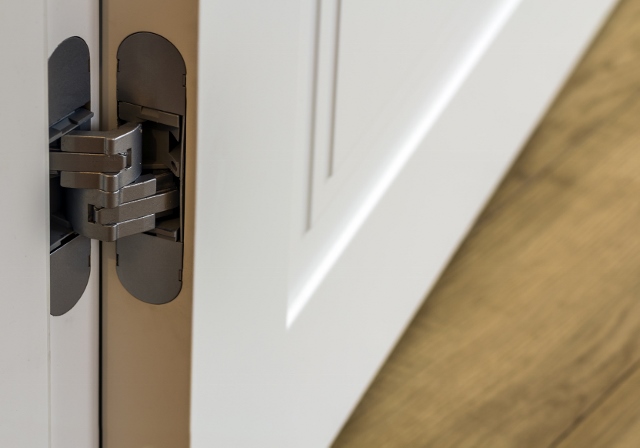
Earlier this year a Nursery in Leicester was fined £6,000 and £5000 court costs after a two-year-old boy trapped his fingers in a door.
The nursery was prosecuted by Leicester City Council after a child suffered an injury that led him to need surgery.
The Nursery were charged after admitting failing to protect the young boy from risk and another charge of failing to report the incident to the authorities within the required ten days.
A risk assessment had been done on the door, identifying trapped fingers as a hazard but that was inadequate. Finger guards should have been in place to prevent such injuries to the children.
It was said that the manager had raised the hazard with the business owner, but guards were not fitted until after the boy was hurt. The door was used daily by thirty children and that since the nursery opened in 2012, but there had been no injuries similar to the child’s.
Following the incident fingerguards were fitted however, a prosecution expert visited the nursery and found cracks in these door finger guards.
“They did have systems in place, they did have risk assessments, but they were insufficient for the purposes”.
Accidents like these are easily preventable but are all too common. In my career I investigated several finger trapping accidents in nurseries, preschools and primary schools.
Early years setting and primary schools should assess the risk and look to install
finger guards to classroom doors, entrances to toilets and toilet cubicle doors used by nursery or key stage 1 pupils.
However, similar accidents can still occur in middle and upper schools therefore a risk assessment should be made of the risk of entrapment from other doors, this will involve considering the following:-
- Doors which pupils congregate next to
- Doors which pupils queue beside for lunch or other reasons
- Doors near entrances
- Doors which are susceptible to strong winds
- Doors which have created problems in the past (check accident records)
- Heavy doors (with or without dampening mechanisms)
- Areas where pupils are unsupervised
If your school has such doors, consider the following measures:-
- Try to reduce or remove the need for pupils to gather near doors – is there a noticeboard or some other attraction adjacent to the door?
- Can pupils queue in a different area or can any doors nearby be locked?
- Give regular briefings to pupils on dangers of finger trapping – schools which have never experienced finger trapping accidents tend to be those where pupil behaviour is shaped at an early stage and consistently reinforced.
- Where the above is not practicable, finger guarding devices should be considered on doors identified as high risk after completing the risk assessment.
Once fitted regular checks should be conducted on the finger guards to ensure they are not split or damaged.
Record your risk assessment and review it regularly.
